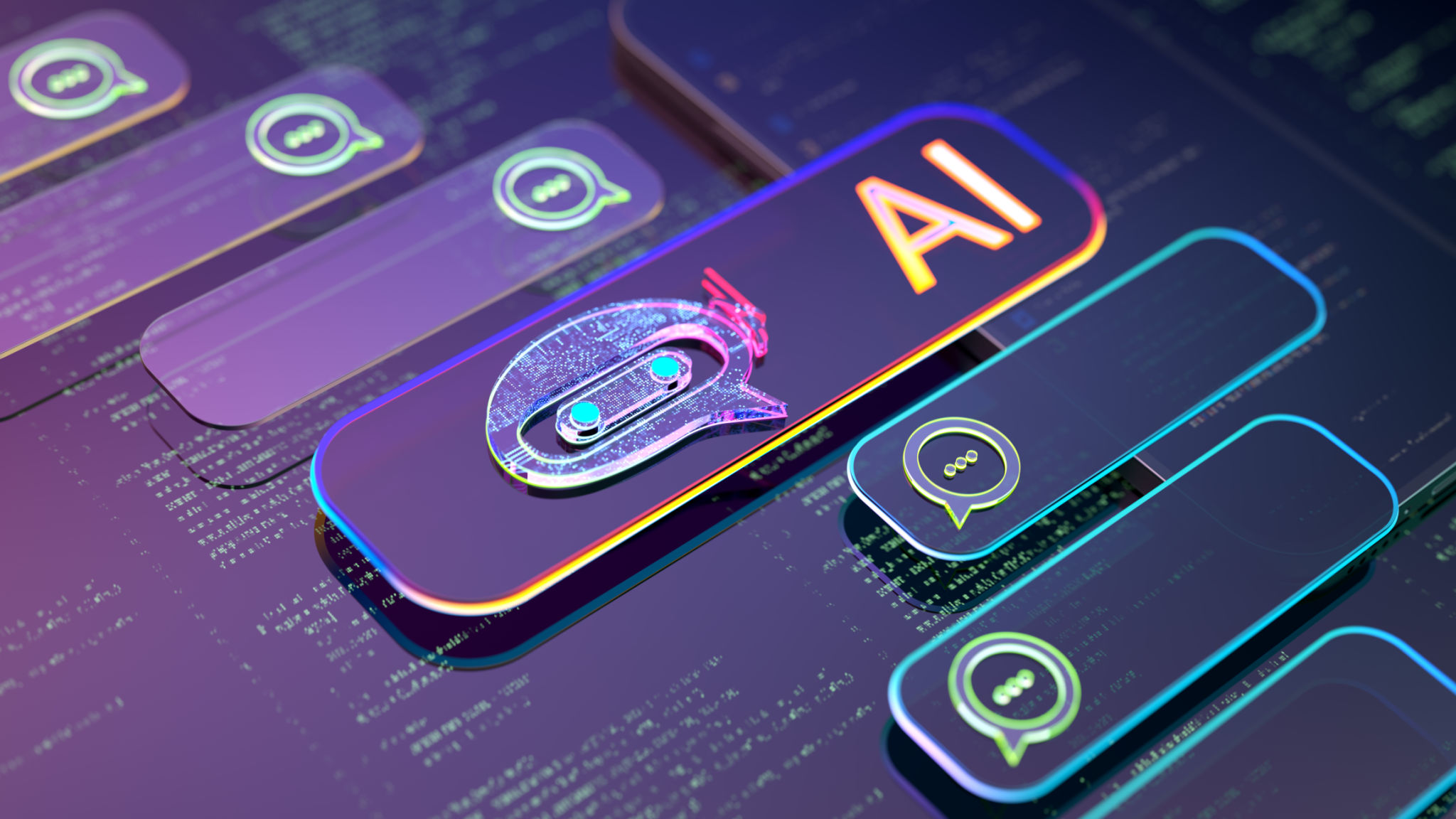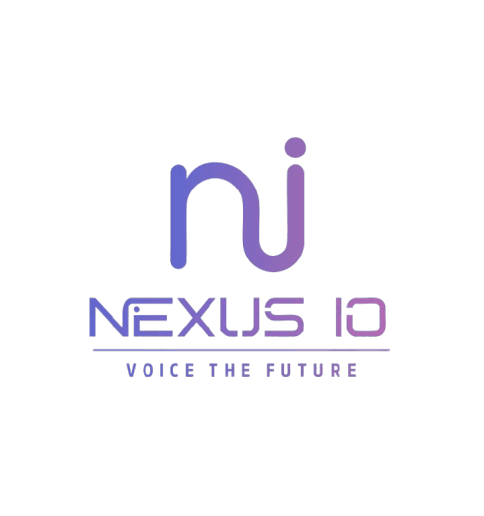AI Phone Agents vs. Traditional Call Centers: A Comparative Guide
Introduction to AI Phone Agents and Traditional Call Centers
In today’s fast-paced business environment, customer service is a critical element in maintaining customer satisfaction and loyalty. Companies often face the decision of choosing between AI phone agents and traditional call centers. Both have their unique advantages and challenges, making this choice an important one for businesses looking to optimize their customer support.
AI phone agents are powered by artificial intelligence and machine learning technologies, allowing them to handle customer inquiries with remarkable efficiency. Traditional call centers, on the other hand, rely on human agents to communicate with customers, offering a personal touch that many still value.

Efficiency and Availability
Round-the-Clock Service
One of the most significant advantages of AI phone agents is their ability to provide 24/7 service. Unlike human agents who require breaks and time off, AI can handle customer inquiries at any time of the day or night. This ensures that customers always have access to support when they need it.
Handling Volume
AI phone agents excel in managing high volumes of calls simultaneously. They can handle numerous customer interactions at once without any degradation in performance, which is a big advantage during peak periods. Traditional call centers, however, might struggle with increased demand, leading to longer wait times for customers.

Quality of Interaction
Personalization vs. Consistency
Traditional call centers offer a more personalized interaction, as human agents can empathize with customers and provide tailored solutions based on unique situations. However, this can also lead to inconsistent experiences due to variations in agent training and performance. AI phone agents, while less personal, offer consistent responses based on programmed guidelines.
Complex Problem Solving
When dealing with complex issues that require a nuanced understanding or emotional intelligence, human agents in traditional call centers often have the upper hand. AI phone agents may struggle with intricate problems that fall outside of their programming.

Cost Implications
The financial aspect is a crucial consideration for businesses when deciding between AI phone agents and traditional call centers. AI systems often require a significant initial investment in technology and development. However, they can lead to cost savings in the long run due to reduced staffing needs and lower operational costs.
Traditional call centers involve ongoing costs related to salaries, training, and infrastructure maintenance. While the personal touch they offer is valuable, businesses must weigh these ongoing expenses against the potential long-term savings offered by AI solutions.
Implementation Challenges
Technical and Training Requirements
Implementing AI phone agents requires a robust technical infrastructure and may involve challenges related to integration with existing systems. Businesses must also invest time in training AI models to ensure they provide accurate and helpful responses.
Change Management
Transitioning from traditional call centers to AI phone systems can be a significant change for both employees and customers. Effective change management strategies are crucial to ensure a smooth transition and to address any concerns stakeholders may have.

Conclusion
The decision between AI phone agents and traditional call centers ultimately depends on a company's specific needs and resources. While AI offers advantages in terms of efficiency and cost savings, traditional call centers provide a level of personalization and complex problem-solving capabilities that some businesses may find indispensable.
As technology continues to advance, the line between these two options may blur, allowing businesses to integrate the best aspects of both worlds for optimal customer service solutions.
